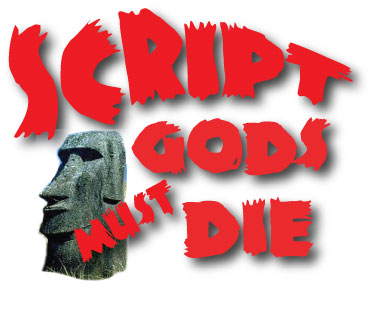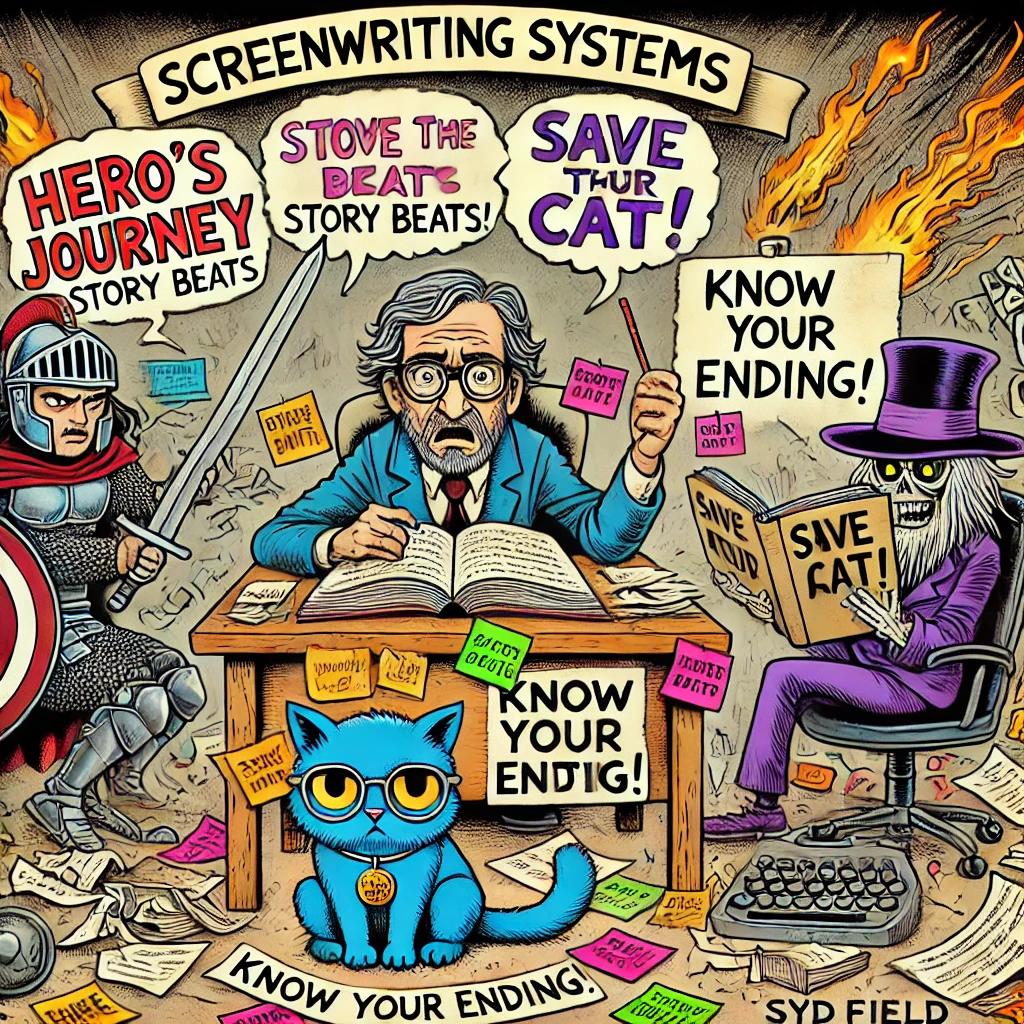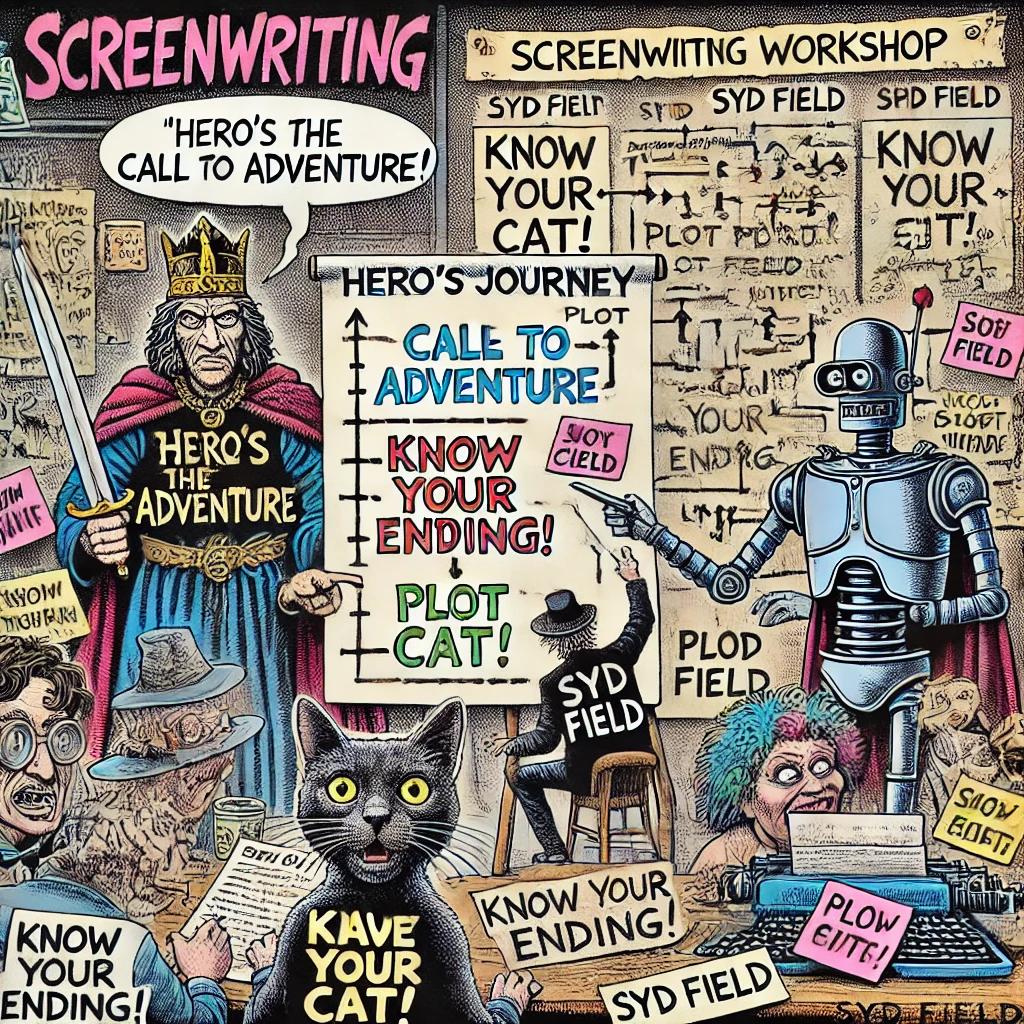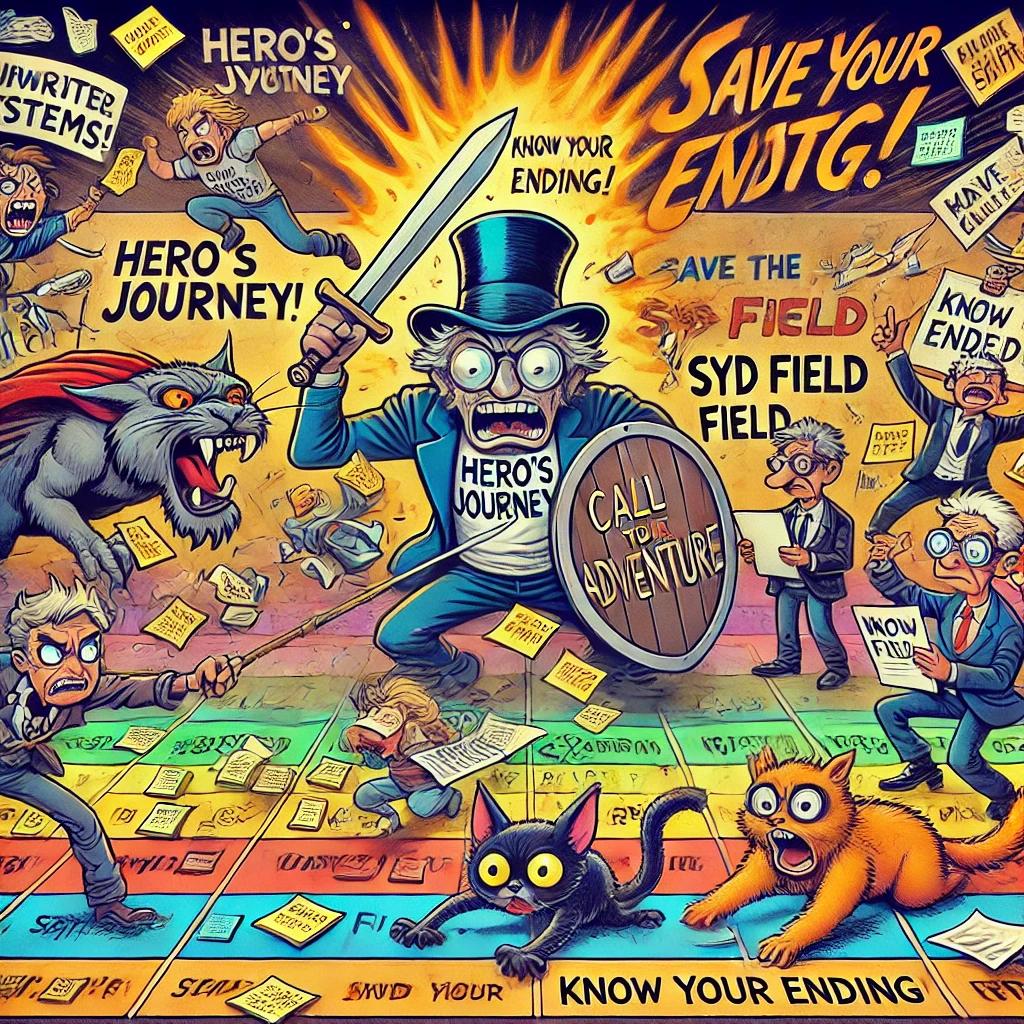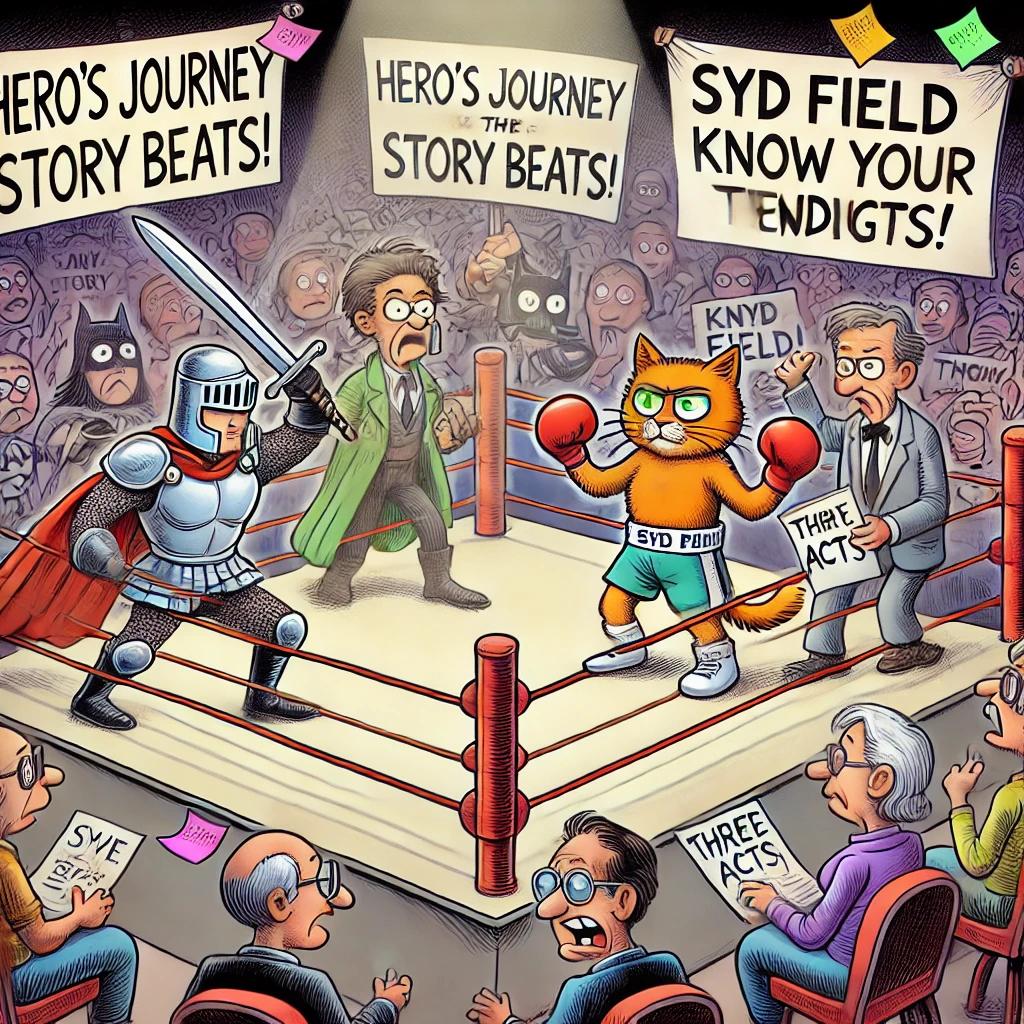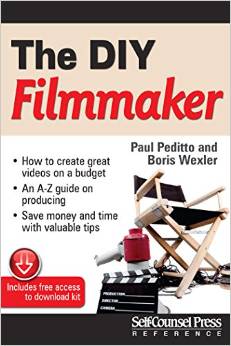TO OUTLINE, OR NOT TO OUTLINE
Good Reader, beware the snake-oil peddling gurus! You know the ones. Those who tell you the script must be created a certain way, structured in this or that box. I’m here to tell you there are no screenwriting absolutes and when you hear some dude with zero IMDB credits telling you it MUST be done his way–run for the hills. Outlining is YOUR call. You want to ouline, you don’t, fine either way! I’m not in the business of proselytizing process.
Do I outline? Oh yeah. Do I recommend that you outline? Sure. But it’s not a mandate. It’s not Syd Field screaming “You MUST know your ending before you start writing!”
There must be 25+ structure posts on Script Gods already (punch in Structure in the Search bar if you don’t believe me). There are also far too many Structure books out there. They all mostly regurgitate the same Hero’s Journey matrix. The beats are very close: CALL TO ADVENTURE= PLOT POINT 1= BREAK INTO TWO etc etc etc.
I need to outline, personally, because I need the Linus Blanket. I have to know where I’m going, story-wise. If I rely on the characters speaking to me and I just wing it, what happens if, on page 42, they stop speaking to me? This is all true, but following the guru beat sheets have always been problematic for me because of the formulaic aspect to fitting my story into someone’s else GRID.
Wouldn’t it be better just to worry about writing the fucking story and let the film critics worry about if you hit your Plot Points or not? Do you think Scorsese sweats plot points? Do you think Altman or Lynch or Cassavetes worried about if their DARK NIGHT OF THE SOUL moment was on time at page 75?
It’s an inherent screenwriter conflict to want to outline but not to be formulaic about it. I asked Luna, my AI, for “her” take on this.
Hit it, Luna!
How to Outline Without Turning Into a Formulaic Hack
Screenwriters face a paradox. On one hand, structure is your lifeline—a roadmap to keep your story from veering off a cliff of incoherence. On the other, strict adherence to structure can strip your screenplay of its soul, leaving you with something that feels like it came off a factory conveyor belt (cough beat sheets cough). The challenge is clear: how do you outline your story without turning it into a paint-by-numbers cliché?
To figure it out, let’s look at the tools we use to structure our stories and understand how they can help—or hurt—our creativity.
The Similarity of Screenwriting Systems
When you break them down, all the big screenwriting systems—Hero’s Journey, Syd Field, Save the Cat, Truby, Linda Seger—are just remixing the same playlist. Call it The Anatomy of Storytelling™: a series of beats designed to lead the audience through a compelling emotional journey. For example:
- The Call to Adventure (Hero’s Journey) becomes Plot Point I (Syd Field) or Catalyst (Save the Cat).
This is where your protagonist’s world gets flipped, the spark that ignites your story. - Crossing the Threshold is just Break into Act II by another name.
Your protagonist leaps into the unknown, leaving their comfort zone behind. - The Ordeal (Hero’s Journey) mirrors All Is Lost/Dark Night of the Soul (Save the Cat) and Climactic Conflict (Truby).
This is the do-or-die moment, the crucible that tests your protagonist’s mettle.
All of these systems agree on one thing: a good story hits universal emotional beats. But here’s the problem—if you’re following these templates too closely, your script can start feeling like it was churned out by the same AI program that wrote every blockbuster sequel in the last decade.
The Danger of the Beat Sheet
Beat sheets (looking at you, Save the Cat) are seductive. They promise clarity, a roadmap to success in 15 easy steps. And honestly, if you’re new to screenwriting or stuck in the weeds, a beat sheet can be a lifesaver. It gives you guardrails, ensuring your story has momentum and emotional resonance.
But they can also be a trap. Stick too closely to them, and your script starts to feel formulaic—because it is. Audiences are sharp; they’ve seen enough movies to unconsciously recognize when they’re being led by the nose. If every rom-com they watch hits “Fun and Games” at the 30-minute mark, followed by “All Is Lost” at exactly 75 minutes, the story starts to feel hollow. Predictability kills engagement.
Outlining Without Losing Your Edge
So, how do you outline your screenplay without becoming a formula drone? Here are a few strategies:
- Think in Terms of Emotional Beats, Not Structural Markers
All those systems—Hero’s Journey, Syd Field, Truby—are just ways to guide the emotional journey of your characters. Instead of obsessing over hitting “Break into Two” on page 25, ask yourself: What is my character feeling right now? What does the audience need to experience to stay invested? Let the emotional arc dictate your structure, not the other way around.
- Use Structure as a Starting Point, Not a Straightjacket
When you start outlining, it’s okay to use a beat sheet or a structural framework as a guide. But once you’ve mapped out the major beats, step back and ask: Is this the most authentic way for my story to unfold? Feel free to break or bend the rules. Remember, Pulp Fiction didn’t follow any traditional structure—and that’s part of its brilliance.
- Build Your World First
A common pitfall of outlining is starting too early—before you truly know your characters and world. Instead, spend time digging into your story’s foundation. Who are these people? What drives them? What’s the unique DNA of your world? Once you’ve done the groundwork, the story’s beats will emerge more naturally, without feeling forced.
- Test Your Outline by Writing Key Scenes
Outlines can be deceptive; they look great on paper but fall apart when you actually start writing. To avoid this, draft a few key scenes early in the process. Can you feel the story’s flow? Do the transitions between beats feel earned? If not, tweak your outline.
When to Break the Rules
The best screenplays surprise us. They take us places we didn’t expect, even while delivering the emotional payoff we crave. To achieve that, you have to take risks. Maybe your protagonist doesn’t have a traditional “Ordeal.” Maybe your “Final Image” is ambiguous. As long as the choices feel authentic to your story and characters, you can afford to defy convention.
Take Get Out, for example. Jordan Peele followed a loose three-act structure but injected unique twists at every turn—subverting audience expectations without sacrificing emotional resonance. That’s the sweet spot: balancing structure with innovation.
The Bottom Line
Outlining isn’t your enemy. It’s a tool—a way to give your story shape and ensure it resonates emotionally. But it’s not the story itself. To avoid formulaic traps, focus on your characters, your world, and the emotional beats that drive your narrative. Start with structure if you need to, but don’t be afraid to rip up the blueprint when inspiration strikes. After all, the best scripts don’t just follow the rules—they rewrite them.
